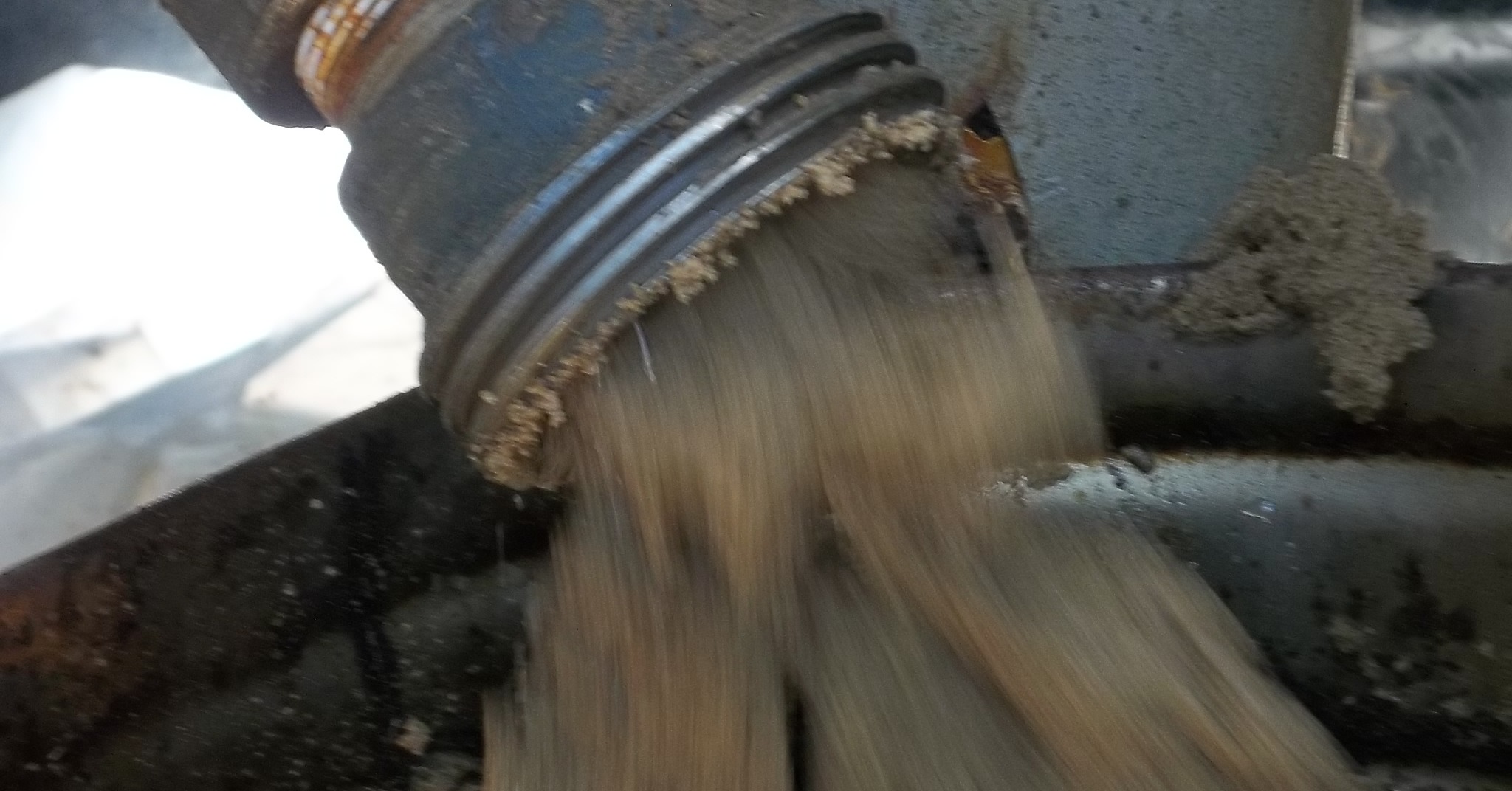Reservoir crude oils consist of dissolved gases, liquids, and dissolved solids. Asphaltenes are the dissolved solids component of crude oils. Viscosity is a critical rheological property of reservoir fluids, affecting fluid mobility from the reservoir and through production systems. Viscosity depends directly and exponentially on asphaltene content; with a sufficient amount of asphaltenes, hydrocarbons can have flow properties similar to coal.
A succinct, and still-current, view of asphaltenes is offered by Stephen Whitfield, in a January, 2015 Journal of Petroleum Technology article:
“A class of molecular substances that the average person likely encounters on a daily basis is asphaltenes, used around the world in city streets, sidewalks, parking lots, roof shingles, and buildings.
“However, there is a reason why asphaltenes are often referred to as the “cholesterol of petroleum.” The characteristics that make them useful also make them problematic. The solid deposits that result from their agglomeration can plug wells, impair reservoirs, and create difficulties in separation, leading to production interruptions and higher costs.
“For many projects, asphaltene management plans are a matter of remediation (the injection of dispersants that break up the solid deposits) or prevention (the application of inhibitors that prevent particle precipitation). The past decade has seen the development of models that predict how asphaltene particles will behave in oil—the conditions under which precipitation, agglomeration, and precipitation occur—and which could lead to more efficient mitigation strategies and lower costs.”
Removal of asphaltene deposits requires the use of solvents or mechanical devices. The solvents used for asphaltene removal are quite different from those used for paraffins. Because asphaltenes are soluble in aromatic solvents, mixtures of aromatic solvents such as xylene have been used to remove asphaltene deposits.
Removing asphaltene deposits with mechanical devices, such as pigs, can be costly and complex and comes with the serious risk of sticking. Aromatic solvents like xylene have emerged as a practical pipeline remediation choice.
Between remediation and prevention, prevention is the obvious choice. Not having the problem in the first place is always better than solving the problem you have, and it’s almost always more cost effective.
Cost-effective prevention of the asphaltene deposition problem has led many pipeline operators to Ideal Energy Services, LLC LamFlo® viscosity reducer. This proprietary blend of non-hazardous solvents yields a very high solvency. It has a high flash point, low vapor pressure, extremely low pour point, and very mild odor.
LamFlo® viscosity reducer offers a set of advantages unmatched by any other chemical or mechanical solution. LamFlo® viscosity reducer:
- Is aggressive on bitumen and other heavy oils containing high concentrations of asphaltenes.
- Is readily biodegradable, BTEX free, and non-hazardous when shipped.
- Has a very good environmental profile and low toxicity, making it ideal for land or offshore applications.
- Improves viscosity and lowers the pour point of low API gravity oils.
Learn more about our proprietary LamFlo® viscosity reducer.





